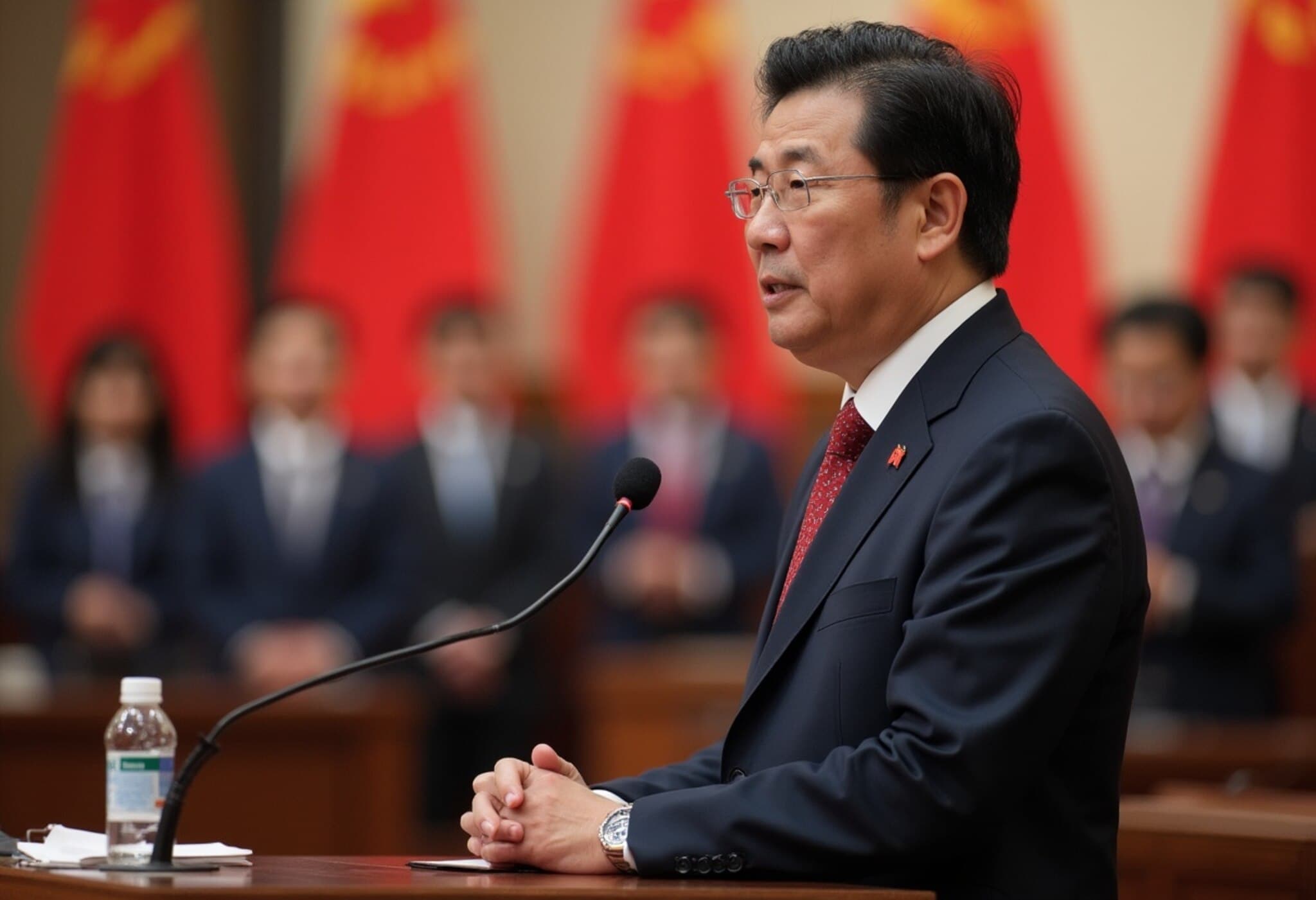From Tea to Coffee: A Shift Brewing in Nepal's Beverage Culture
Tea and Nepal have been intrinsically linked for centuries, with steaming sweet milky cups accompanying everything from family breakfasts to bustling social gatherings. The ritual of “have you had your tea?” often replaces casual morning greetings, underscoring tea’s deep cultural significance across the Himalayan country.
Yet, in recent years, a palpable transformation has unfolded on Nepal’s streets and in its cafes. Coffee—the rich, aromatic brew once considered exotic and expensive—is capturing the attention and tastebuds of a new generation. This growing enthusiasm is reshaping Nepal’s beverage landscape as the nation’s young urbanites and professionals seek the cosmopolitan lifestyle coffee shops symbolize.
How Coffee Found Its Footing in the Land of Tea
Although tea remains dominant, coffee’s foothold dates back to the 1990s when Kathmandu witnessed its first boutique coffee cafes. The pioneering Himalayan Java—once a modest alleyway spot—has blossomed into an 84-outlet chain across Nepal, reflecting the rapid rise of emergent coffee culture. Its founder, Gagan Pradhan, describes the modern coffee shop experience as one anchored by meticulous attention to ambiance, quality equipment, and menus offering more than a dozen hot and cold specialty drinks.
In contrast, traditional tea stalls tend to offer a limited variety, often just black or milk tea served in the classic glass tumblers. While tea shops evoke nostalgia and familiarity, coffee outlets represent a new—yet approachable—luxury supported by younger consumers seeking variety and space for social or professional gatherings.
Economic and Lifestyle Implications of Brewing Coffee Culture
One can't overlook that coffee in Nepal carries a premium price tag—at Himalayan Java, a cup costs roughly $2, comparable to a modest meal or five cups of tea locally. Despite this, cafes brim with office workers on breaks and students hunting for study spots, signaling coffee’s embedment into daily urban life.
Social worker Deep Singh Bandari observes that coffee drinking began as a marker of aspirational living standards but evolved into a genuine preference based on taste. This subtle but significant shift showcases how consumer choices in Nepal are also reflections of broader socioeconomic aspirations and global interconnectedness.
Homegrown Harvests: Nepal’s Emerging Coffee Production
While the majority of coffee consumed is imported, Nepal’s eastern mountain regions, famed for tea plantations, are diversifying with coffee cultivation. The National Tea and Coffee Development Board reports a coffee yield of approximately 400 tons in the fiscal year 2021-22, modest against 26,000 tons of tea but indicative of promising growth potential.
This emerging domestic production not only offers opportunities for rural economic development but may also introduce terroir-specific coffee profiles unique to Nepal’s Himalayan microclimates—an exciting prospect for connoisseurs worldwide.
Contextualizing Nepal’s Coffee Trend in Regional Patterns
Nepal’s coffee awakening resonates with a wider Asian trend where traditional tea cultures—India, China, Japan, and others—are embracing coffee as an exciting new social and lifestyle element. The growing middle classes in these countries increasingly value novelty, diversity, and the experiential aspect cafes provide, fueling an internationalization of daily habits.
However, Nepal’s case mingles respect for longstanding traditions with fresh, globalized sensibilities, creating a uniquely layered coffee culture that honors both history and modernity.
Editor’s Note
Nepal’s evolving coffee scene is more than just a culinary trend; it reflects shifting cultural identities and economic aspirations amid globalization. As coffee consumption rises, it opens avenues for rural empowerment through local cultivation, urban community spaces, and nuanced consumer habits that blend tradition with innovation.
Future questions remain: How will Nepal balance preserving its cherished tea heritage with expanding coffee’s reach? Can local coffee production scale sustainably to meet increasing demand? And what role will coffee culture play in shaping Nepal’s social fabric in the years ahead?













